Here is Stuart's week 11 report:
The unsettled weather of week 10 continued into this week, and, if anything, night-time temperatures fell away further; leaving the mornings feeling, dare I say it, a little Autumnal. These conditions undoubtedly adversely influence moth survival and activity, and this was reflected in this week’s catch, which was the lowest in terms of both species and individuals since the first week of June. Nevertheless, there were still a number of interesting species well worth showcasing.
The ‘Top Moths’ this week all just happen to be micro-moths. The division between micro- and macro-moths is a rather arbitrary one, reflecting traditional practice rather than taxonomic-correctness; although – with the inevitable exceptions – many micro-moth families are considered to be more primitive than those of the macro-moths. Micro-moths could be considered as the ultimate LBJ’s, and are often overlooked or ignored. However, in both form and ecology, the 1600 or so UK species are fascinating and diverse. What’s more, when viewed up close, many are revealed to be every bit as attractive and intricate in pattern as their bigger relatives.
| The Bee Moth (Aphomia sociella) may look the picture of innocence, but this species is a parasite of wild social bees – especially bumblebees (Bombus spp.) – and wasps. The species is also notable for having an unusual breeding behaviour, whereby males initiate courtship by emitting both acoustic and pheremonal signals to attract mates. Following mating, the female enters a bee nest to lay up to 100 eggs. Once hatched, the caterpillars may end up destroying the nest by consuming the brood comb and the bee larvae within (Kalinová et al. 2009; Kindl et al. 2012). Apotomis betuletana is one of a number of small moths that have evolved a cryptic colouration that lends them the appearance of a bird-dropping. This less than glamorous masquerade is particularly common within the family Tortricidae (but not confined to it), and there even exists a guide book dedicated to them. For those familiar with the scientific names of trees, it would be no surprise that the larvae of this particular species feed on the leaves of birches (Betula spp.). Shining golden-brassy, the typical colour form of Argyresthia goedartella is unmistakeable. This exquisite little moth is common and widespread throughout Britain – with the exception of the far northern Isles. Like Apotomis betuletana, its larvae feast on birches, but instead they burrow into the buds or catkins and feed from within. Ypsolopha parenthesella exhibits a number of variations in both pattern and colour and some of the plainer forms could possibly be confused with other species, but the typical form with the large white marking – as shown in the photograph – is distinctive. The species is adapted to feed on a variety of tree species, a trait that no doubt contributes to its common and widespread status. |
Stay tuned weekly for more 'Stu's Top Moths' or follow us on twitter for updates and photos of moths and other wildlife around Durham University!
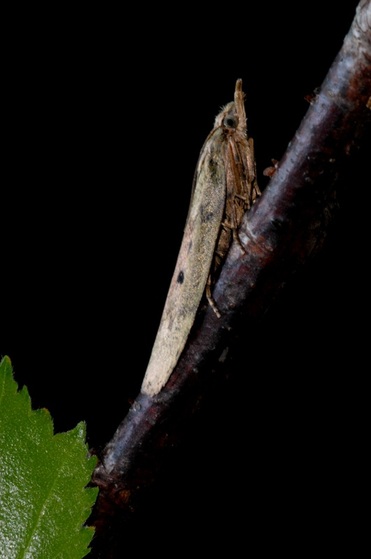
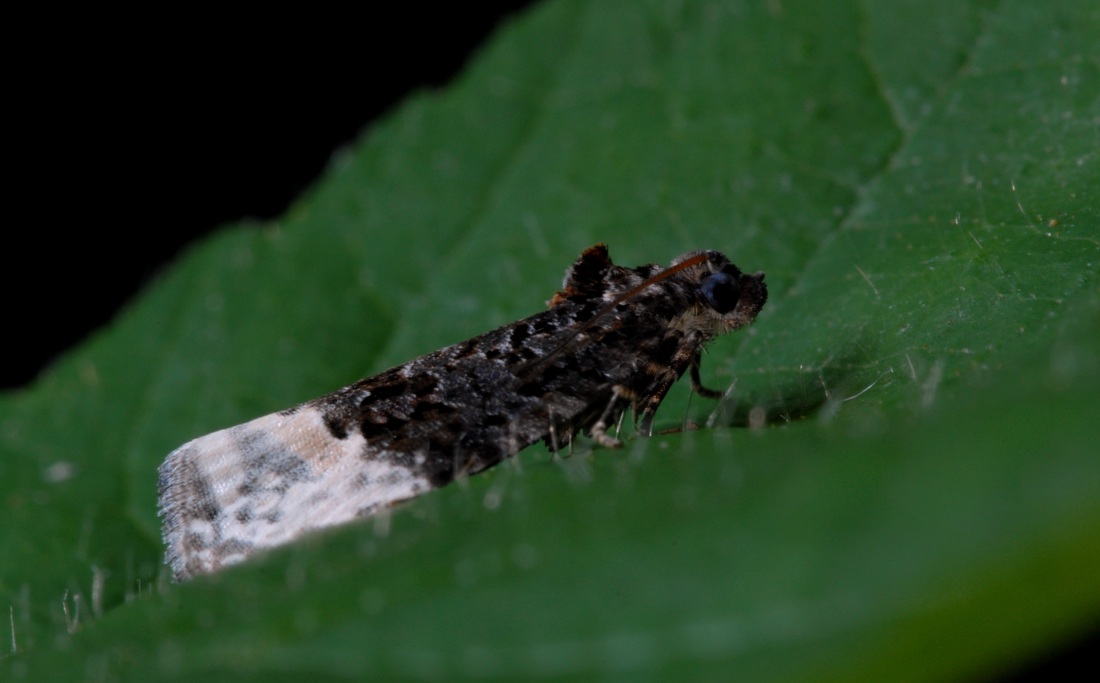

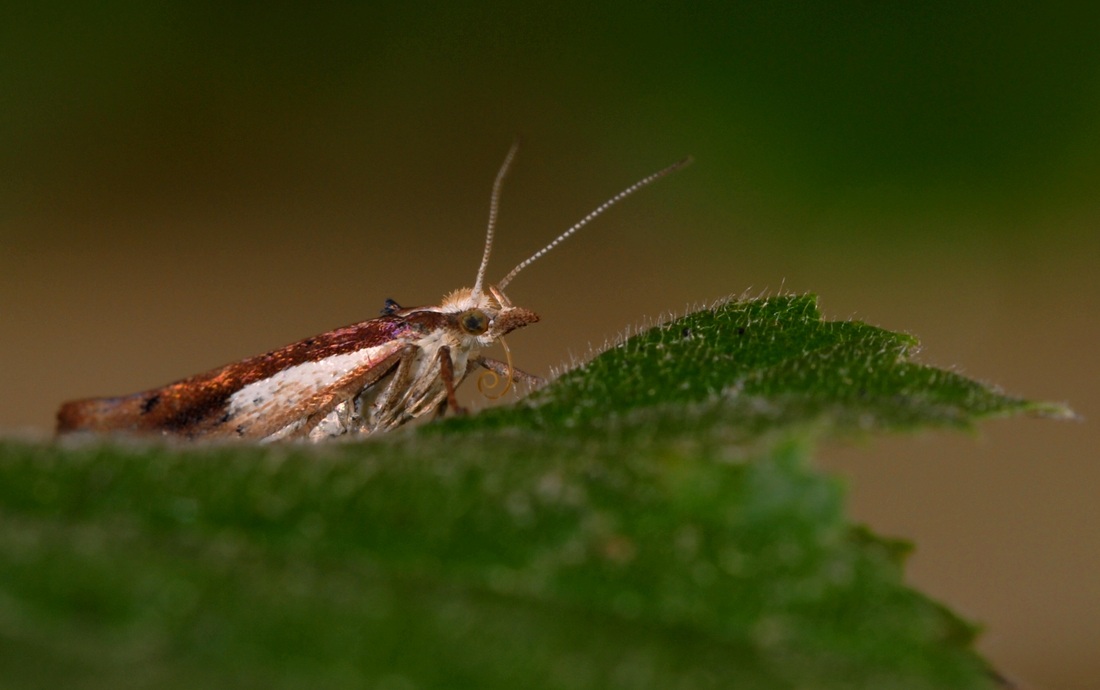
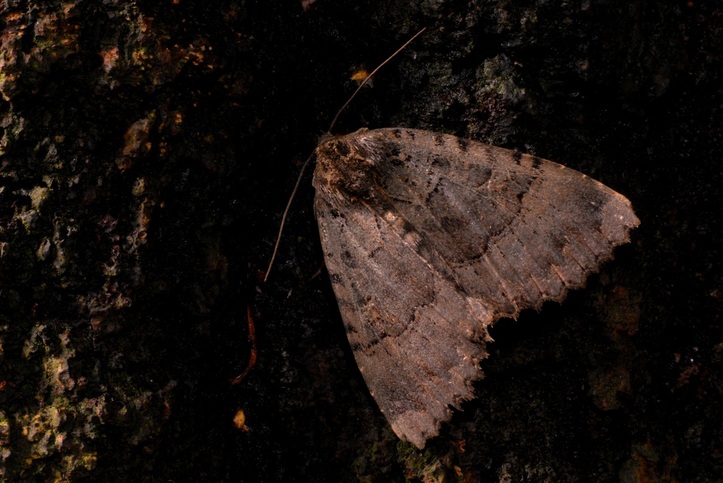
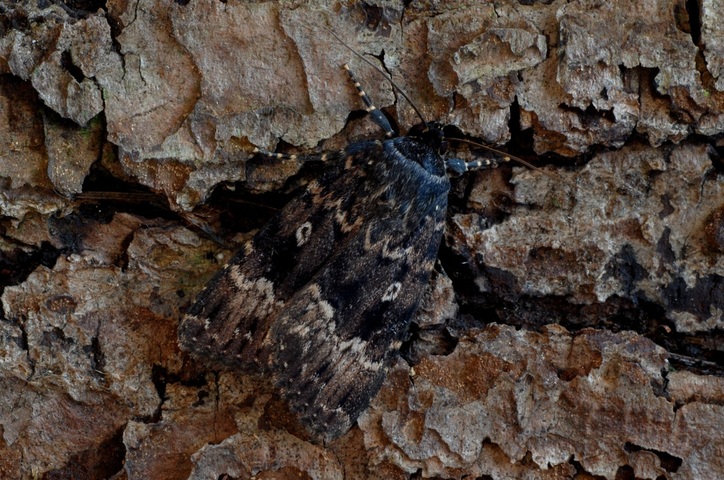
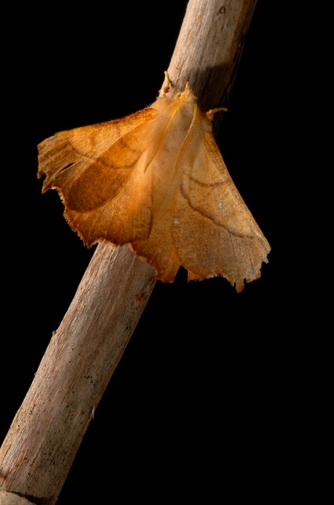
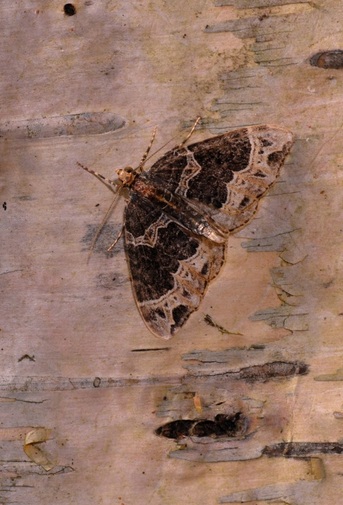
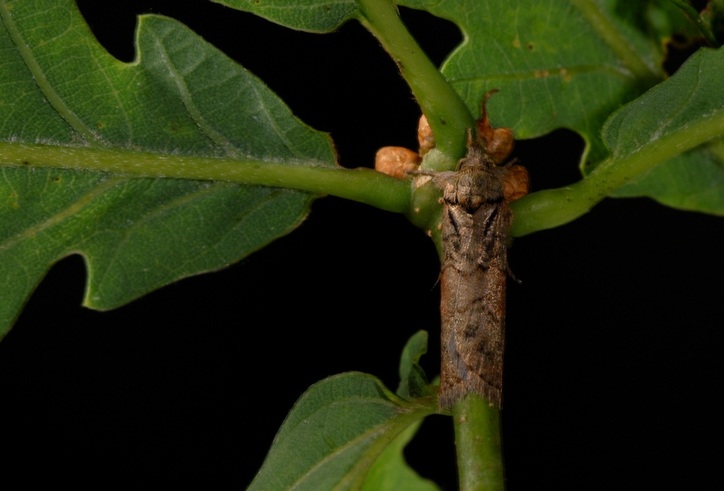

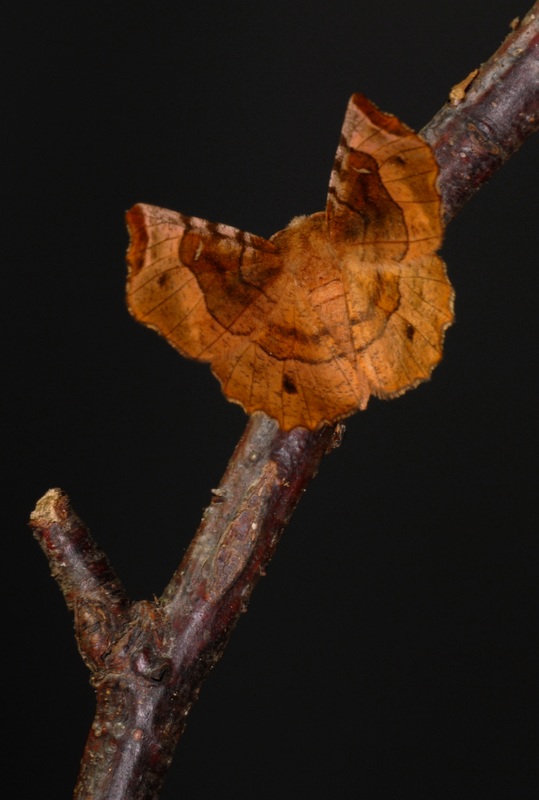
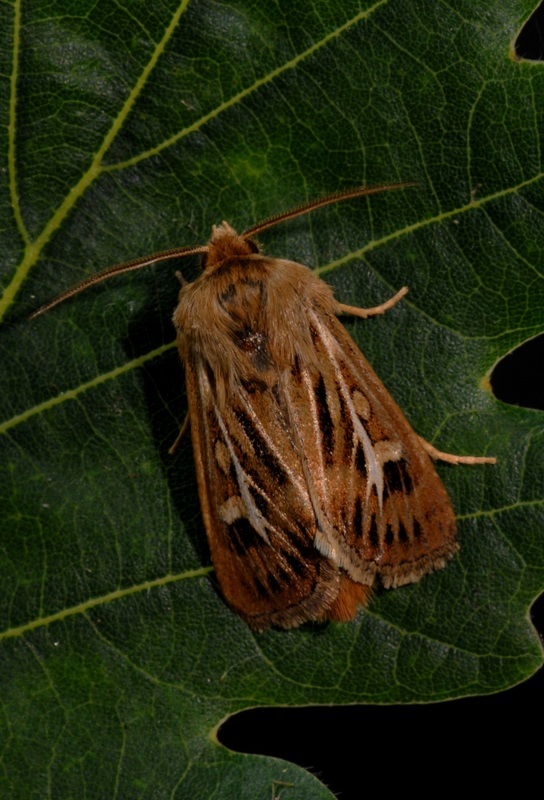
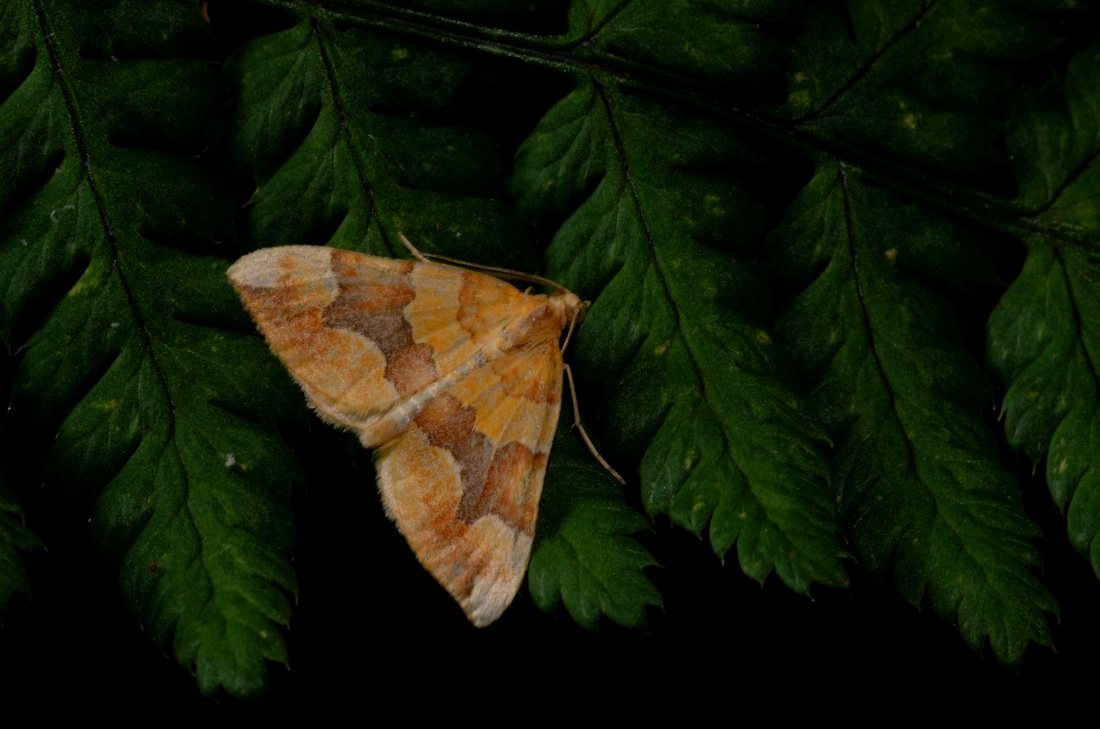
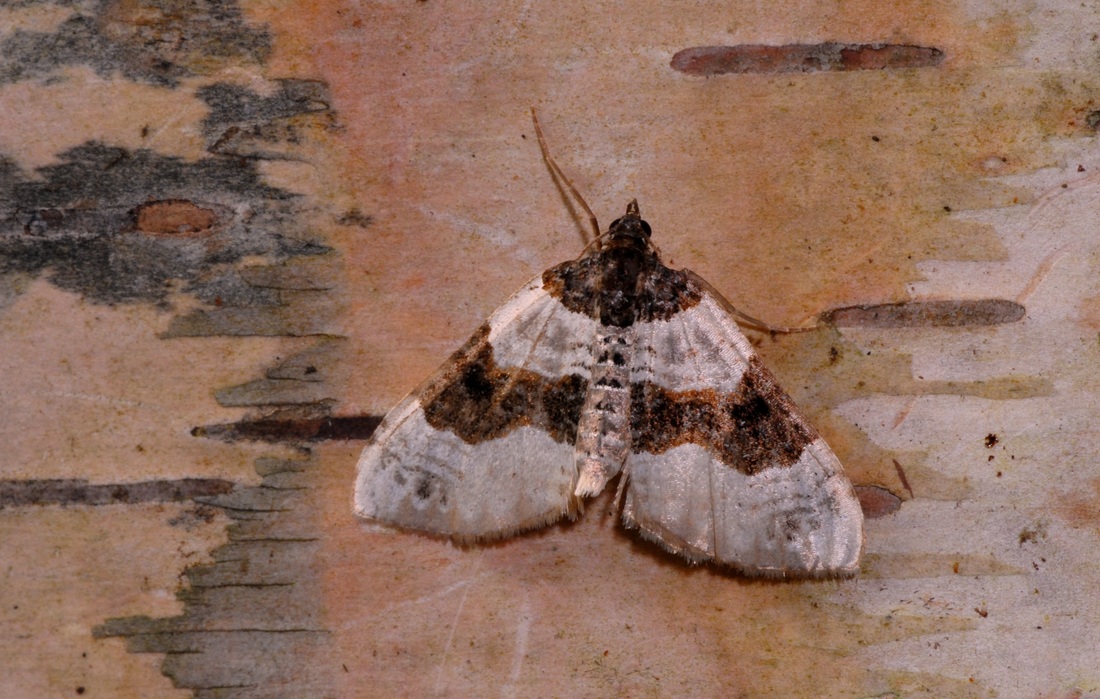
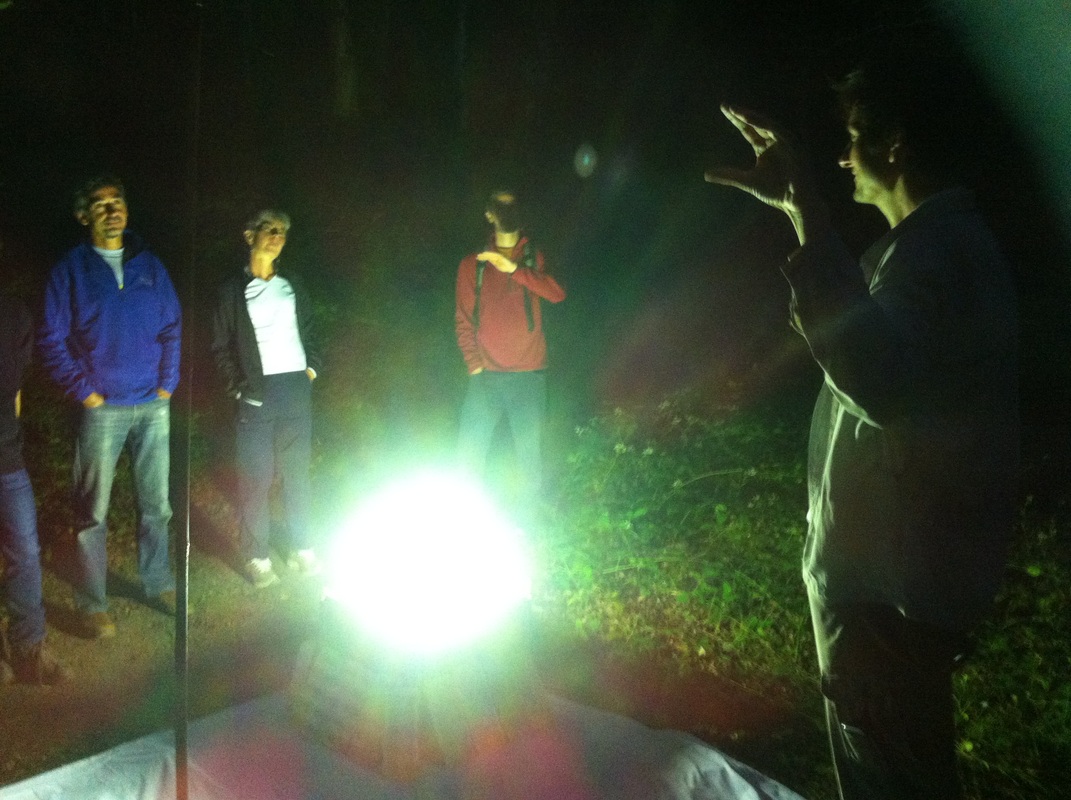
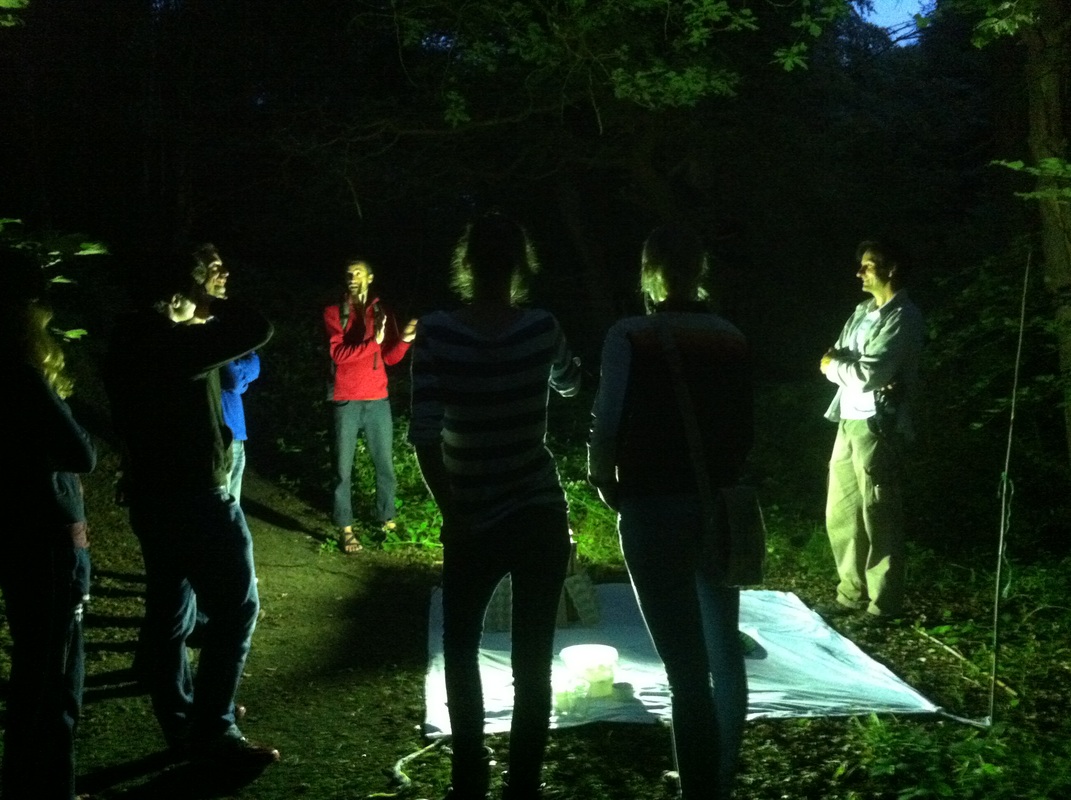
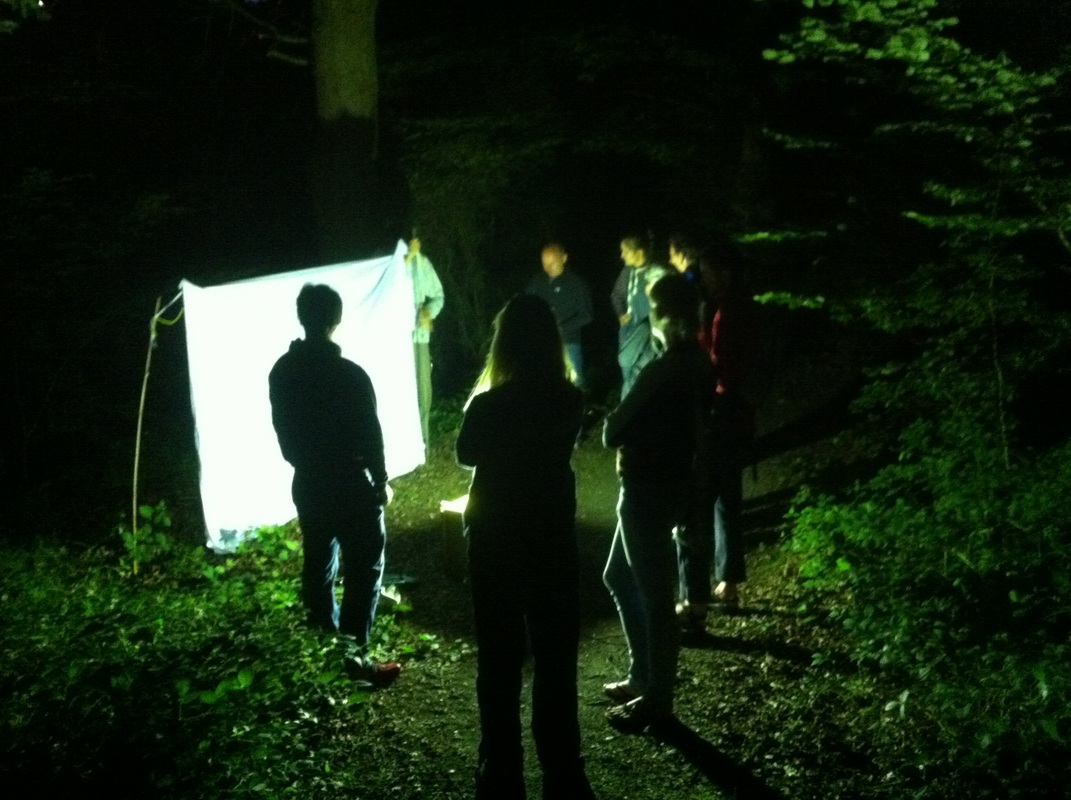
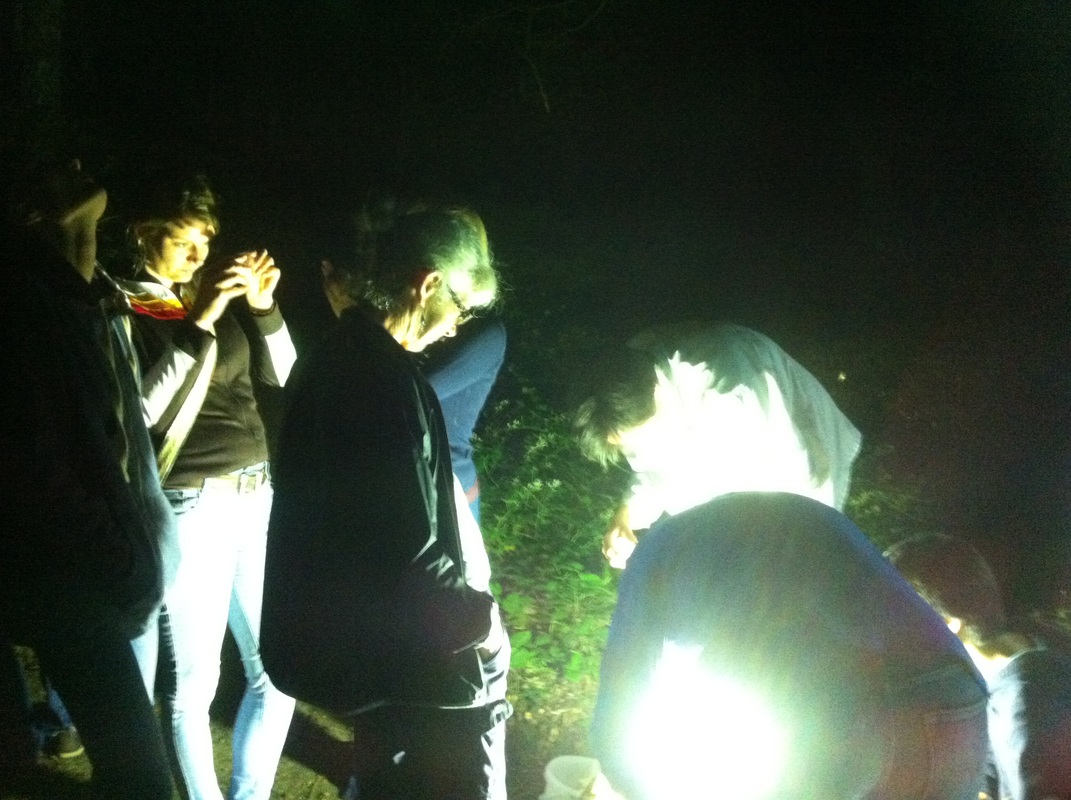
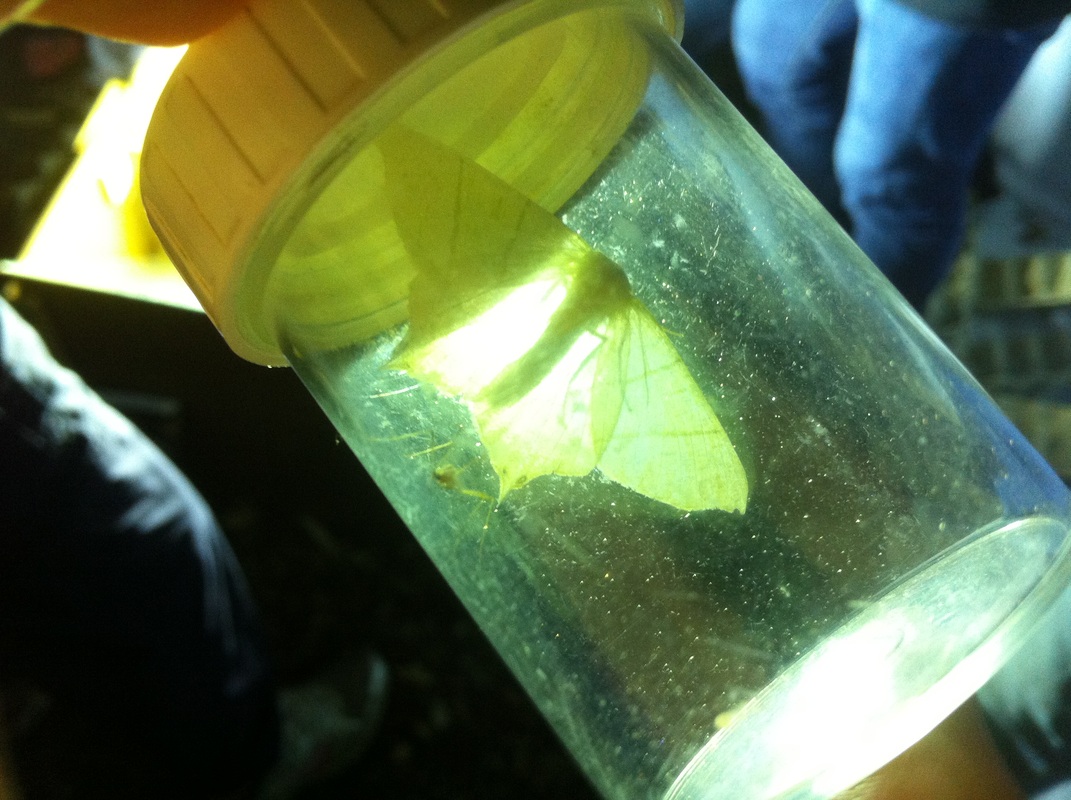
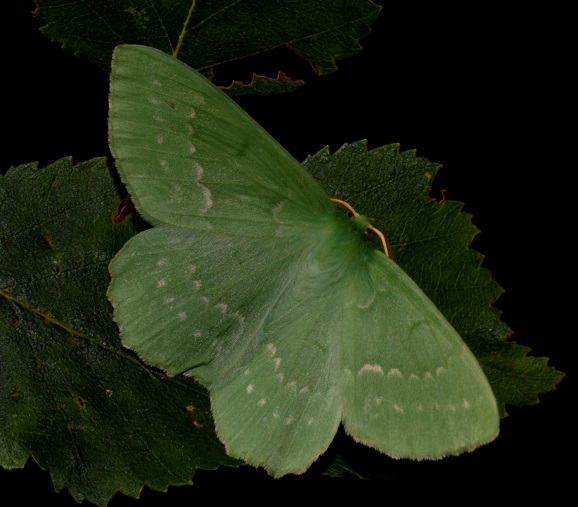
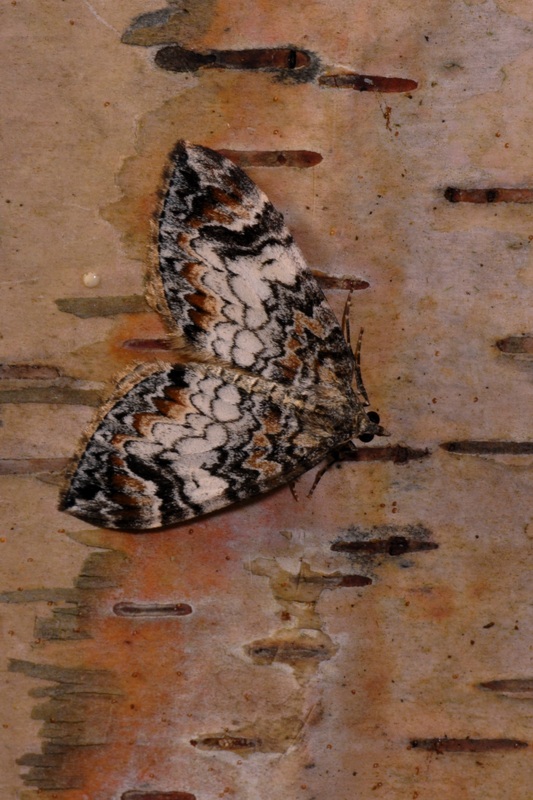
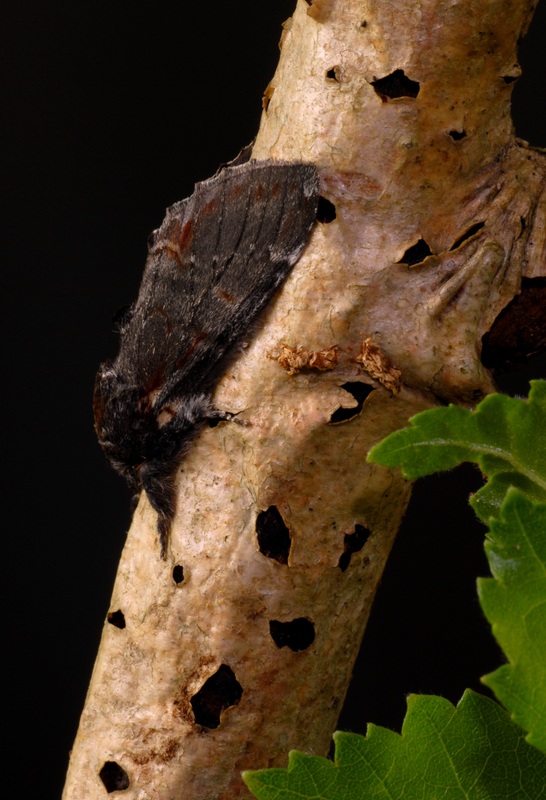
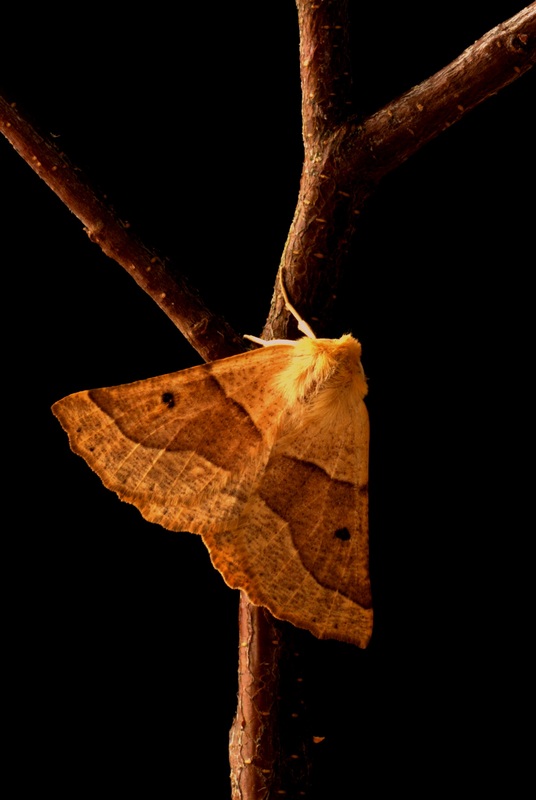
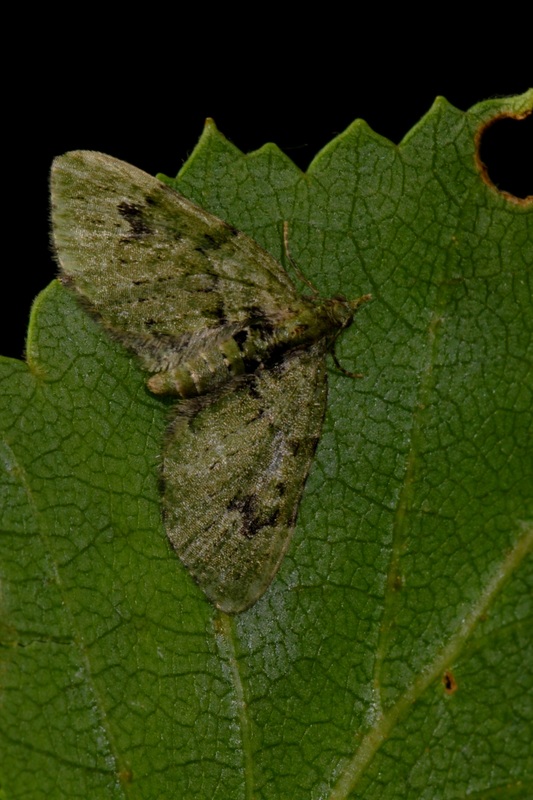

 RSS Feed
RSS Feed
